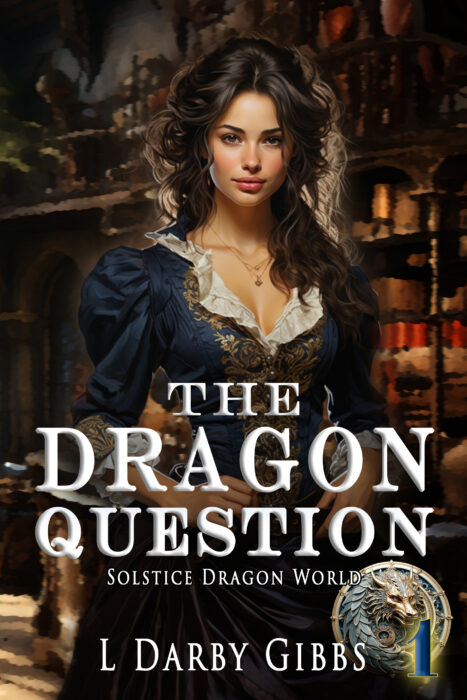Creativity: Uses your whole brain. In the past the right brain was established as “conceptual, holistic, intuitive, imaginative and non-verbal” according to the Scientific American article “Is it true that creativity resides in the right hemisphere of the brain?” It was later replaced by the whole-brain theory which is covered by Ned Herrmann who wrote…
Tag: whole brain
September 17, 2014
